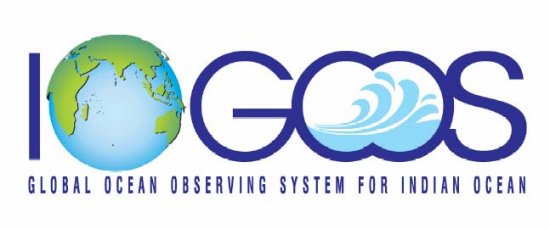ESSO - Indian National Centre for Ocean Information Services
(An Autonomous Body under the Ministry of Earth Sciences, Govt. of India)
Shoreline Changes
Project Title: Development of Poilet Project on Shoreline Changes
Proponent: Dr.Nalin Wikramanayake,Open University of Sri Lanka
- About
- Objectives
- Methodology
- Progress
- Future Plans
About
Coastal erosion was identified as one of the critical problem in the coastal areas by the participants at the first meeting. As the position of the shoreline is one of the key variables identified by the COOP program it was decided that a pilot project on monitoring of the shoreline should be developed under IOGOOS. The aim of the project is to establish a Regional Network to quantify, understand and predict shoreline change

Objectives
The objectives of the project are as follows :
- To assess historical data on shoreline change, establish trends and place these in the context of coastal geomorphology, hydrodynamic regime and natural and anthropogenic drivers of change
- To establish an adequate, cost effective system to monitor changes in the shoreline and coastal morphology.
- To develop a quantitative understanding of coastal processes and the relationship between shoreline change and the various natural and anthropogenic drivers
- To develop the ability to make predictions of shoreline change due to extreme events.
Methodology and Needs
It was decided that the methodology to be adopted to monitor shoreline changes should conform to the guidelines and specifications being developed by the COOP panel. However it was recognised that the requirements of the methodology - in terms of cost, equipment and training - should be within the capabilities of the countries concerned. Therefore the committee developing the proposal will initiate contact with the COOP panel in this regard.
Data Needs - Remote Sensing, In-situ and Global Model Results: Two types of remotely sensed data will be required for this project. The first type is high-resolution data on shoreline change while the second is lower resolution data on wind and waves. The second category can be supplemented by the output of global climate models, particularly for the case of wind data. It was noted that wave and wind statistics compiled from such sources are already available commercially for the region. Local measurements of waves and wind are needed to validate the hydrodynamic models.
Capacity Building Needs: Several capacity building requirements were identified during the discussions. One of the first steps toward predicting shoreline change is to use historical data to obtain an understanding of on-going coastal processes in the context of geomorphology and forcing. There appears to be a wide disparity in the state of knowledge of coastal processes among the countries in the region. Capacity building is also needed to process and interpret remotely sensed data and to model shoreline changes using data on ocean wind and waves.

Progress
An e-group was set up to facilitate discussions, information sharing and project development. A request for preliminary country information on existing monitoring, coastal zone management framework and current knowledge of coastal processes was circulated to all the participants in the coastal section of the first meeting. However, progress has been minimal due to the limited response to these requests.
Future Plans
No specific planning for a project development meeting as part of the Third IOGOOS meeting was done. This was primarily due to the inability to generate sufficient regional interest. It is unlikely that any plans developed at the meeting will be implemented if there is not recognition of the initiative at the national level.
The following activities were planned for the Third Meeting at the Second Meeting.
- Review country information.
- Develop methodology for preliminary assessment
- Identify capacity building needs
- Discuss results of pilot project
- Develop final proposal
- Workshop on monitoring, understanding and predicting shoreline change.
- Workshops on the linking of existing coastal and monitoring data - such as produced by GCRMN, Seagrassnet, GLOMIS, fisheries, national programs etc. - to land and ocean processes - possible joint activity between GOOS and LOICZ
The sufficient information related to first two items is not available due to poor response. The pilot project in Sri Lanka has not begun. Therefore it is proposed that the further development of the proposal be carried forward by a series of workshops. These workshops could include:



